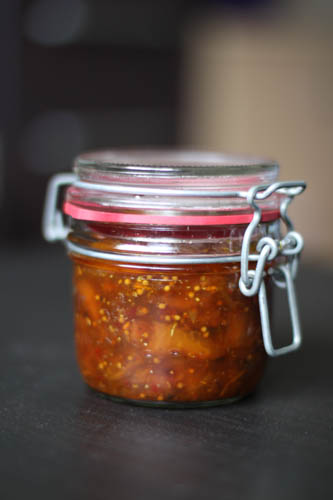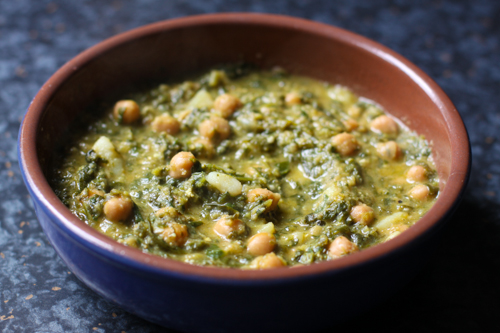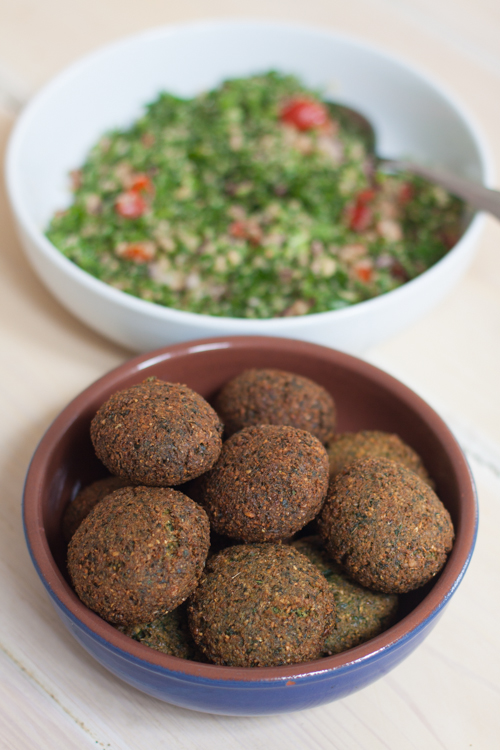Loquat chutney
 Tuesday, April 21, 2015 at 9:00PM
Tuesday, April 21, 2015 at 9:00PM  Loquats are a new discovery for me. I had heard of them before I started working at Natoora, but I only tried one for the first time last week. So when I was asked to do a cooking demonstration in the shop this Friday I thought I should experiment a bit with this lovely fruit.
Loquats are a new discovery for me. I had heard of them before I started working at Natoora, but I only tried one for the first time last week. So when I was asked to do a cooking demonstration in the shop this Friday I thought I should experiment a bit with this lovely fruit.
Loquats have a texture and flavour akin to apricots, but with a sweet and sour element that lends itself well to Asian cooking. In its initial stages, without the Indian spices, this chutney tasted like a fruity Chinese sauce for duck or pork. Had that been my desired outcome, I would have stopped there, but it tasted a little odd as a chutney.
I added cumin, coriander seeds and cardamom and it was transformed. The result: a sweet and sour and sour Indian chutney with warming spices and a little kick.


